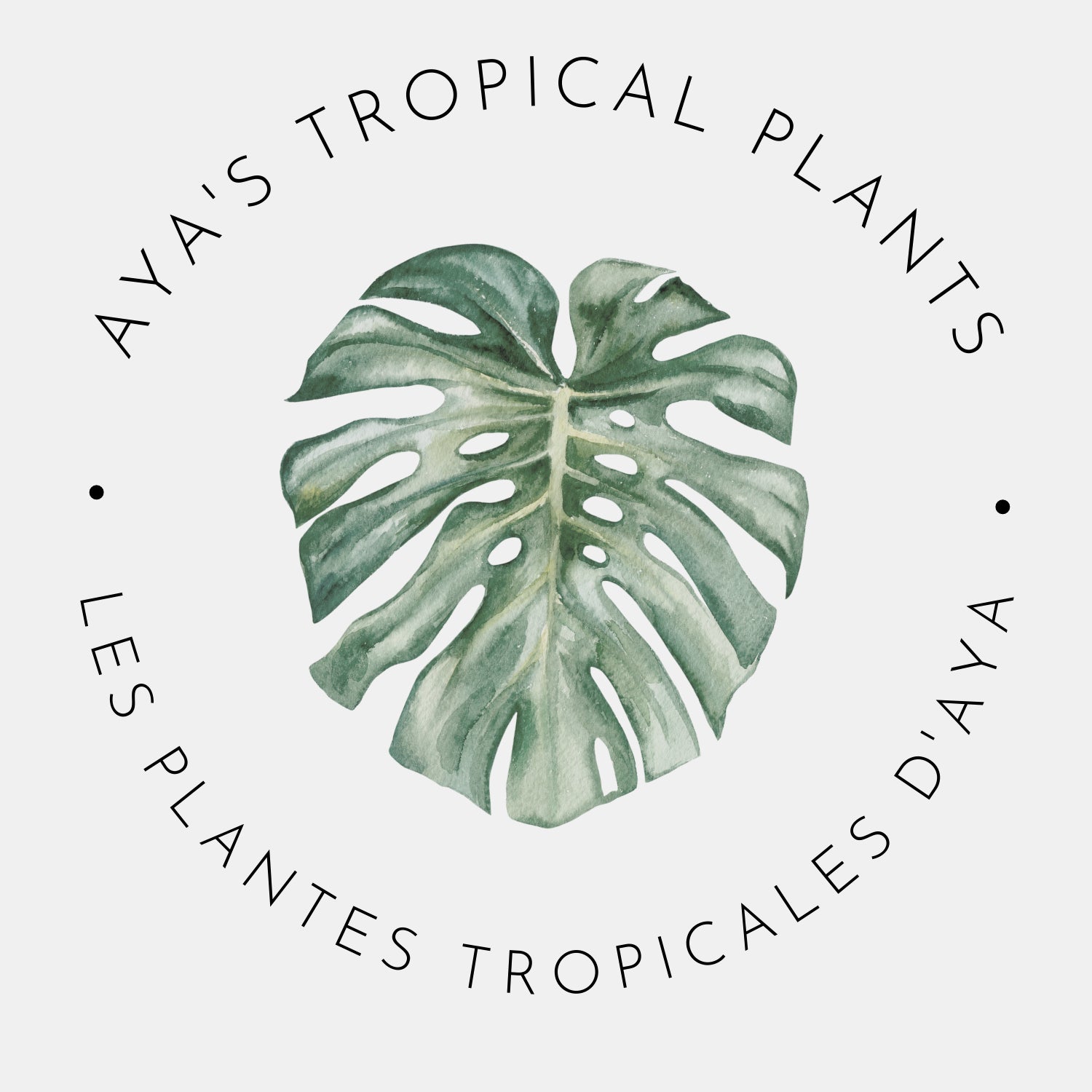Don't miss out on our SVP (Special Vente Pré-commande) offer! Pre-order your plants now before the pre-order closes on July 5 2024.
Your plant will be acclimated until they are fully rooted and ready to be shipped.
Please allow approximately 1 month for delivery.
2-3 leaves/plant
Remember, do not combine your pre-order purchase with any "in stock" plants.
Please place separate orders for each.
**** Photo for reference only*****
Anthurium warocqueanum, also known as the queen anthurium, is a stunning flowering plant native to Colombia. With its large, glossy leaves and striking red spathes, it is a popular choice for ornamental gardens and indoor plant collections.
One of the most distinctive features of Anthurium warocqueanum is its leaves, which can grow up to 3 feet long and 1 foot wide. These dark green, heart-shaped leaves have a leathery texture and a waxy finish, giving the plant a luxurious appearance. The red spathes, which are actually modified leaves that surround the plant's tiny flowers, add a pop of color and contrast to the overall greenery.
Anthurium warocqueanum thrives in well-draining, aerated soil and requires bright, indirect light to flourish. It prefers high humidity levels and temperatures between 65-80 degrees Fahrenheit. Regular watering is necessary, but overwatering can lead to root rot, so it is important to allow the soil to dry out slightly between waterings.





